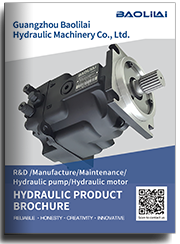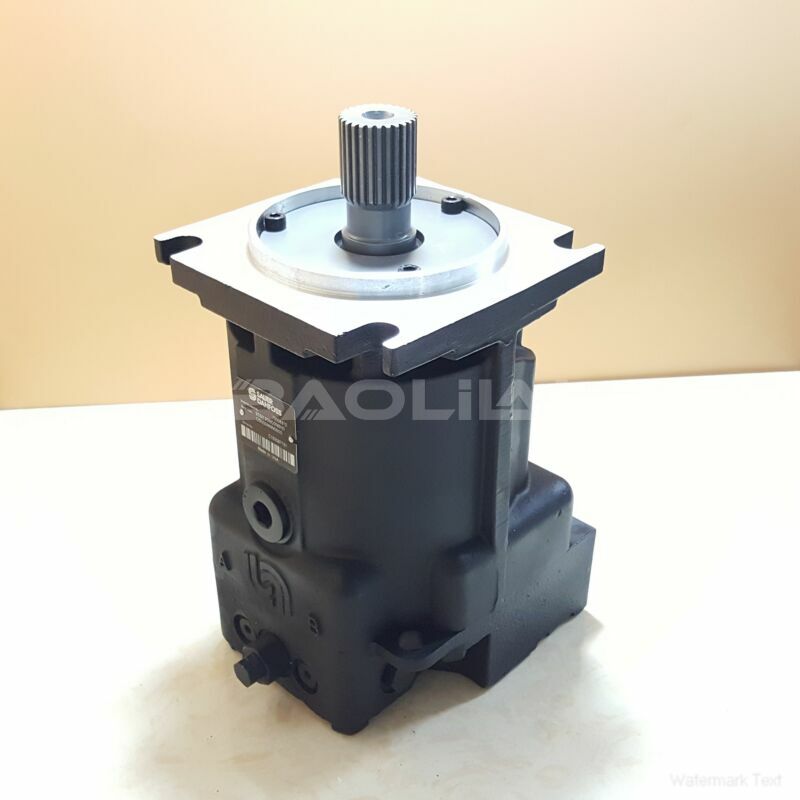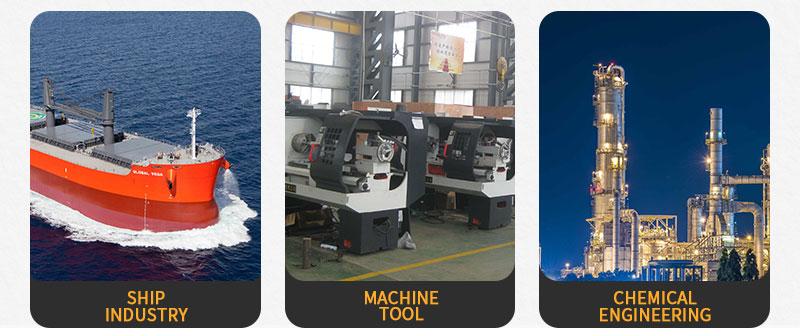90M100NC0N8N0K3W00NNN0000F0 hydraulic motor
90M100NC0N8N0K3W00NNN0000F0 hydraulic motor

- Product Details
- Applicable Scene
Hydraulic systems are critical components in various industries, including manufacturing, construction, and automotive. They rely on hydraulic motors to convert hydraulic energy into mechanical energy, driving machines and equipment. However, the performance and longevity of these hydraulic systems can be significantly affected by fluid contamination. Understanding the impact of hydraulic motor fluid contamination is essential for maintaining optimal system performance and ensuring the reliability of hydraulic machinery.
90-M-100-NC-0-N-8-N-0-K3-W-00-NNN-00-00-F0
90M100NC0N8N0K3W00NNN0000F0
Hydraulic fluids are designed to transmit power, lubricate components, and facilitate cooling within the system. However, contaminants such as dirt, water, and particles can enter the fluid, leading to several adverse effects. One of the most immediate impacts of fluid contamination is decreased efficiency. Contaminated fluid can cause increased viscosity, making it more difficult for the hydraulic motor to operate. This results in higher energy consumption and can lead to overheating, ultimately reducing the overall efficiency of the system.

9631147
Another critical consequence of fluid contamination is wear and tear on hydraulic components. Contaminants can act as abrasives, leading to increased friction and wear on motor parts such as gears, pistons, and seals. Over time, this can result in mechanical failure, necessitating costly repairs or replacements. Additionally, the introduction of water or other corrosive substances can lead to rust and degradation of metal components, further compromising system integrity.
Contaminated hydraulic fluid also poses a risk to the system’s reliability. Hydraulic motors may become erratic in their performance due to fluctuating pressure and flow rates caused by blockages or damage from debris. This unpredictability can lead to operational failures, which may disrupt production schedules and impact overall productivity. In industries where precision is critical, such as aerospace and automotive manufacturing, even minor fluctuations can result in significant quality issues.





